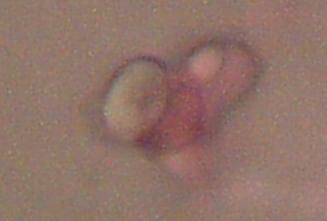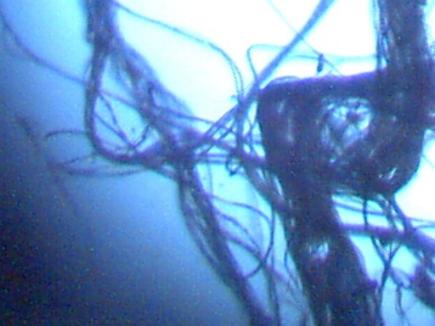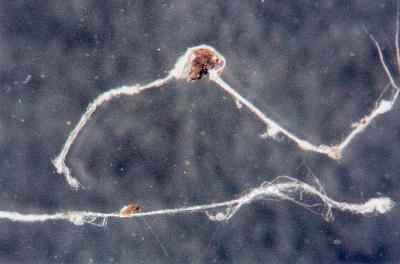
ERYTHROCYTES: POSITIVE VISUAL IDENTIFICATION
Further testing of air samples from Santa Fe, New Mexico provides positive visual identification of the presence of erythrocytes (red blood cells). The magnification in this analysis (approximately 5000x) makes the case that biological components are now a regular feature of the atmosphere that we all breathe. These red blood cells, along with the particulate matter in the air, make the case for realizing these aerosol programs are crimes of the highest order being perpetrated on innocent citizens.








